Barre Chords
Approaching Chord Theory VisuallySee What You’re Playing
As opposed to open chords, barre chords can enable us to see the chord numbering system at work on the fretboard. The information in this section covers the following:
- What is a barre chord?
- Advantage of playing barre chords
- E shape barre chords
- A shape barre chords
- Barre Chord Numbering – Putting it All Together: I, ii, iii, IV, V, vi. This section demonstrates how we can visualize and play the chord families easily. Additionally, it shows how we can simply transpose to different keys using barre chords.
- C shape barre chords
What is a Barre Chord?
A Temporary Capo
A barre chord is simply a guitar chord where one finger (usually the index finger), frets more than one string at the same time. Many times the index finger frets all strings in one fret and acts as a “temporary capo”.
F chord
This is how we would chart an F barre chord. Notice the curved line demonstrating that this is a barre chord.
This is what an actual F barre chord looks like on the guitar. Notice the fairly straight line from point of index finger to the knuckle. Also, the wrist is below the neck of the guitar, not behind it.
Click for PDF
Advantage of Barre Chords
Don’t Give Up
Barre chords are not exactly easy to play. But they are definitely worth the effort — unless you have a guitar with horrible action (the distance between the strings and the frets).
Perhaps the best advice for starting with barre chords would be to use a classical or an electric guitar.
There are several advantages to playing barre chords:
- Play every major and minor chord – Barre chords will minimally allow you to play every major or minor chord with ease.
- Transposes easily – Understanding barre chord theory will allow you to transpose into other keys without much problem.
- Power Chord Positions – Barre chords provide a stepping stone for learning Power Chords. I call power chords “abbreviated barre chords”. Power Chords use only the lowest two or three notes of the barre chord, and sound better than any other chords when played with any distortion effect. (Power chords use the chord formula 1-5. There is no third note, and therefore can be substituted for either a major or a minor chord. A power chord is noted with -5 as a suffix. The G power chord is written “G5”.)
How can I get my barre chords to sound better?
Because barre chords played in the first fret are closest to the nut, the amount of angle between the string and the fretboard is increased. This causes them to be more difficult to play, more difficult to obtain clear sounds.
- Build the muscles in your hands – Don’t stop playing if your barre chord doesn’t sound super clear. It takes time for the muscles in your hands to strengthen, so keep playing even if there is a little buzzing or muting.
- Correct finger form – Making sure your barre finger is straight (not curved) is a help, especially when your thumb is directly behind it allowing more pressure to be applied at the barre finger.
- Drop your wrist – One other important point for barre chords is your wrist. Your wrist should not be behind the neck of your guitar, but below it. This helps with straightening your barre finger and increasing the pressure between the thumb and barre finger.
Click for PDF
E Shape Barre Chords
Follow the Chromatic Scale
We can take this same shape and ascend by one fret at a time, or half step increments. The pictures show how the E shape barre chord in the 2nd, 3rd, 4th, and 5th frets create the F#, G, G# and A major chords respectively. Click on the navigation controls to see the different photos.
Modifying the E Shape
Any way we modify an E chord, we can modify the E shape, and alter the barre chord accordingly. By leaving off the finger on the third string, we change the E major to an Em. We can apply this to the E shape barre chords. Sometimes we will call this the “Em shape”. Look at the images:
A Shape Barre Chords
Slide Up One Fret
Sliding the shape up one fret, and adding the barre finger leaves us with the A shape barre in the first fret, or the Bb chord:
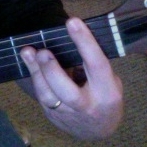
Slide Up by Half Steps
Now we will slide the A shape barre up one fret at a time in half step increments, to play the B chord, C chord, C# chord and the D chord.
Modifying the A Shape
Like the E shape, any way we modify an A chord, we can modify the A shape barre chord, and alter each barre chord accordingly. Thus we can use an Am shape, and then move it up the fretboard to create minor chords. We can call this the “Am shape”. Look at the images:
Putting it all Together
Visualizing How Chords Relate to Each Other
Numbering the Chords in a Key with Barres
“Barre chords enable the guitarist to visualize and transpose with ease.”
For people applying chord theory and chord numbering on the piano/keyboard, it is easy to visualize how the chords work together. For the guitarist, it is not that simple. Many musicians have moved to the Nashville Number System for chording songs, and instead of writing the progression G, C, D, C, they might write 1, 4, 5, 4 with the thought that they may transpose from one key to any key. This is one of the benefit of understanding chord theory: making transposing easier.
Barre chords enable the guitarist to visualize and transpose with ease. If we are in the key of F, we can play all our major and minor chords with these barre chords (remember I, IV and V are major; ii, iii, and vi are minor):
Some important things to observe here include:
- The I, ii, and iii chords are all whole steps apart. We use the E shape barre chord for them, changing to the Em shape on chords ii and iii because they are to be minor.
- The IV, V, and vi chords are all whole steps apart. We use the A shape barre chord for them, changing to the Am shape on the vi chord because it is minor.
- The chords line up in the same frets: I and IV are in the same frets, as are ii and V, and iii and vi.
Starting with an A Shape Barre Chord
When the Root is An A Shape
What if our starting chord, our I chord, was an A shape barre chord? Let’s say we wanted to play chords I, ii, iii, IV, V, and vi, in the key of C. Our I, ii and iii chords would be A or Am shapes, and our IV, V, and vi chords would be E or Em shapes offset by two frets as in the picture below:

This pattern could be copied up or down the fret board to change keys. In other words, if we would want to change to the key of D, each of our chords I through vi would be moved up two frets or a whole step.
Let’s say we wanted to do a popular progression in the key of C: 1 , 4, 6, 5 (I, IV, vi, V). We would be playing chords C, F, Am, G. It would look like this:

To modulate this progression, we could take it up or down the fretboard. To change to the key of D, everything would slide up two frets, and we would be playing chords D, G, Bm, A. To change to the key of B, we would instead go down one fret and be playing chords B, E (no barre finger here), G#m, and F#.
Thus we can raise or lower any key rather easily, when we play with barre chords. Additionally, the more one plays barre chords, they begin to visualize and hear chord progressions, which make them more easy to transpose into other keys.
C Shape Barre Chords
A Quick Look
“Technically, you can create barre chord shapes from any open chord.”
Technically, you can create barre chords from any open shape chord, they just get more difficult from here.
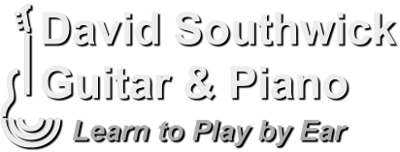
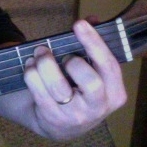


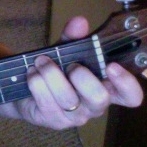
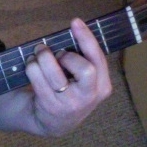
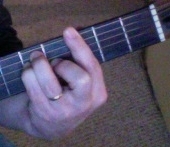
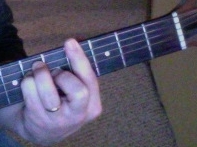
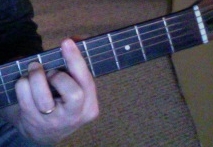


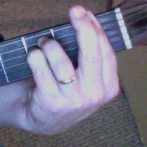

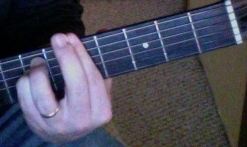

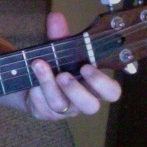
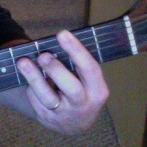
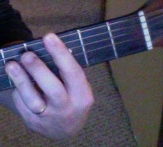
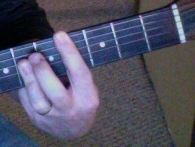
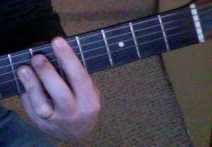

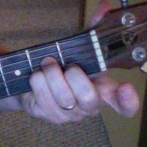
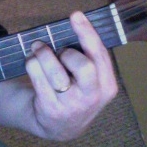
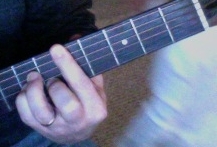
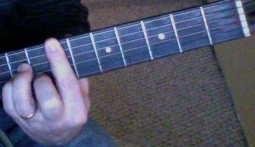
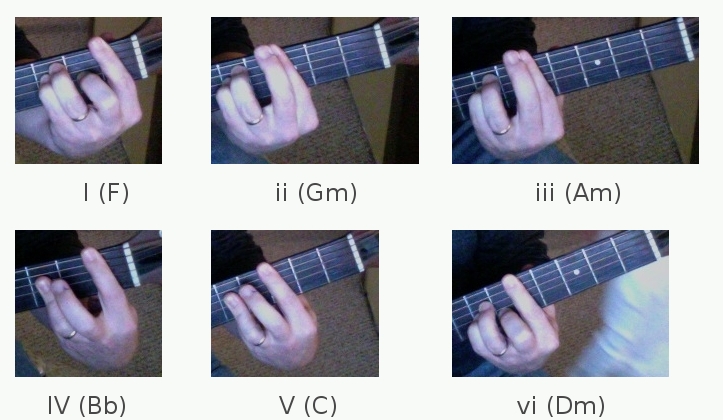


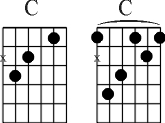
im learning to play on my own and i found this site very informative thank you
Thank you, Rich!
Love this…..Been playing by ear for 20 years…Ive so much to learn about theory…Thank You……
I’m glad it’s a help!